[Part 4 of 12: 1) The science of the artificial 2) function, behaviour structure 3) form follows function, 4) no function in structure, 5) the medium is the message 6) types and schemas 7) aesthetics: attractive things work better 8) managing (great) expectations 9) colour 10) styles and standards 11) design solution spaces 12) conclusions]
Previously we saw that the design principle: Form follows function, can be fabulous but sometimes limiting, and in nature it does not necessarily apply, sometimes function follows form. However, if you take the form (or structure) outside of its natural context or situation, so that there are few clues as to what an artefact was designed for, users may find completely new functions for it. This is known as the no function in structure principle.
The post-it note originated because one 3M employee thought that the small pieces of paper for testing glue were actually a new type of bookmark. Thankfully, no one was around to explain that everyone else was focusing on the glue to keep this person from serendipitously finding a new tool.
On the World Wide Web, Pinterest is a great example of no function in structure. The user collects pictures, or looks at other peoples’ collections of pictures from across the WWW, and they just browse and click, and browse and click (actually, designer Jeffrey Zeldman had a different way, until Pinterest disabled the feature which stopped him from enjoying the app – which is a different approach altogether to not listening to the user). Either way, looking at, and saving pins is an alternative method to the standard way of navigating around a website and asking Steve Krug’s three questions: Where am I? Where have been? Where am I going? The users on Pinterest don’t necessarily care. They are there to experience the site by looking at all the lovely pins without any exact expectation of what order things need to happen in.
Treading the paths of desire
Instead of prescribing how someone should exactly use your website or artefact, sometimes it can be insightful to watch what a user does when presented with an artefact without clear instructions. During his TED talk, designer Tom Hume, showed an aerial shot of the centre of Brasilia which was designed for cars only. There are paths of desire trodden in by pedestrians across 15 lanes of motorways and roads, so that pedestrians can get to where they need to go in a city only designed for cars. Consequently, pedestrian road accidents are higher in Brasilia than anywhere else in the world. In contrast, a good use of the paths of desire is of the ones that are allowed to appear in newly built University Quads which are left without paths until people have trodden them in, then the designers come back and concrete them over.
Serendipity and discoverability
The world is constantly changing, especially in this our digital era, and it is necessary for the designer to have empathy for the users. Adopting a no function in structure approach and watching users discover new experiences and ways of using artefacts (or the infrastructure) is a truly empathetic way of providing the design solutions that people really want.

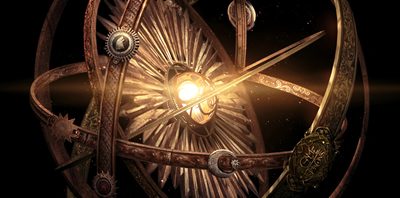

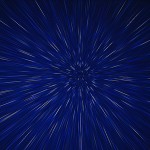
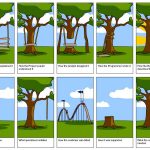
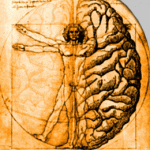
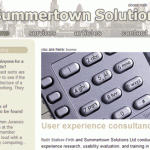
10 comments